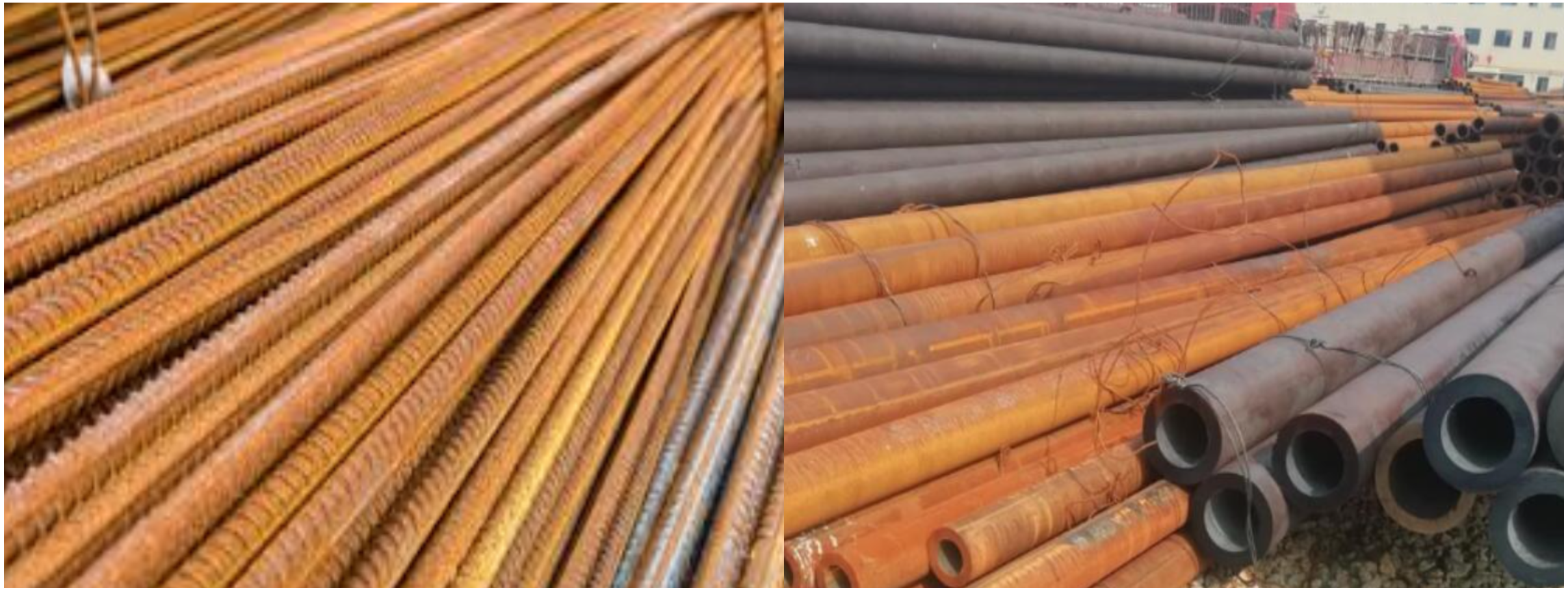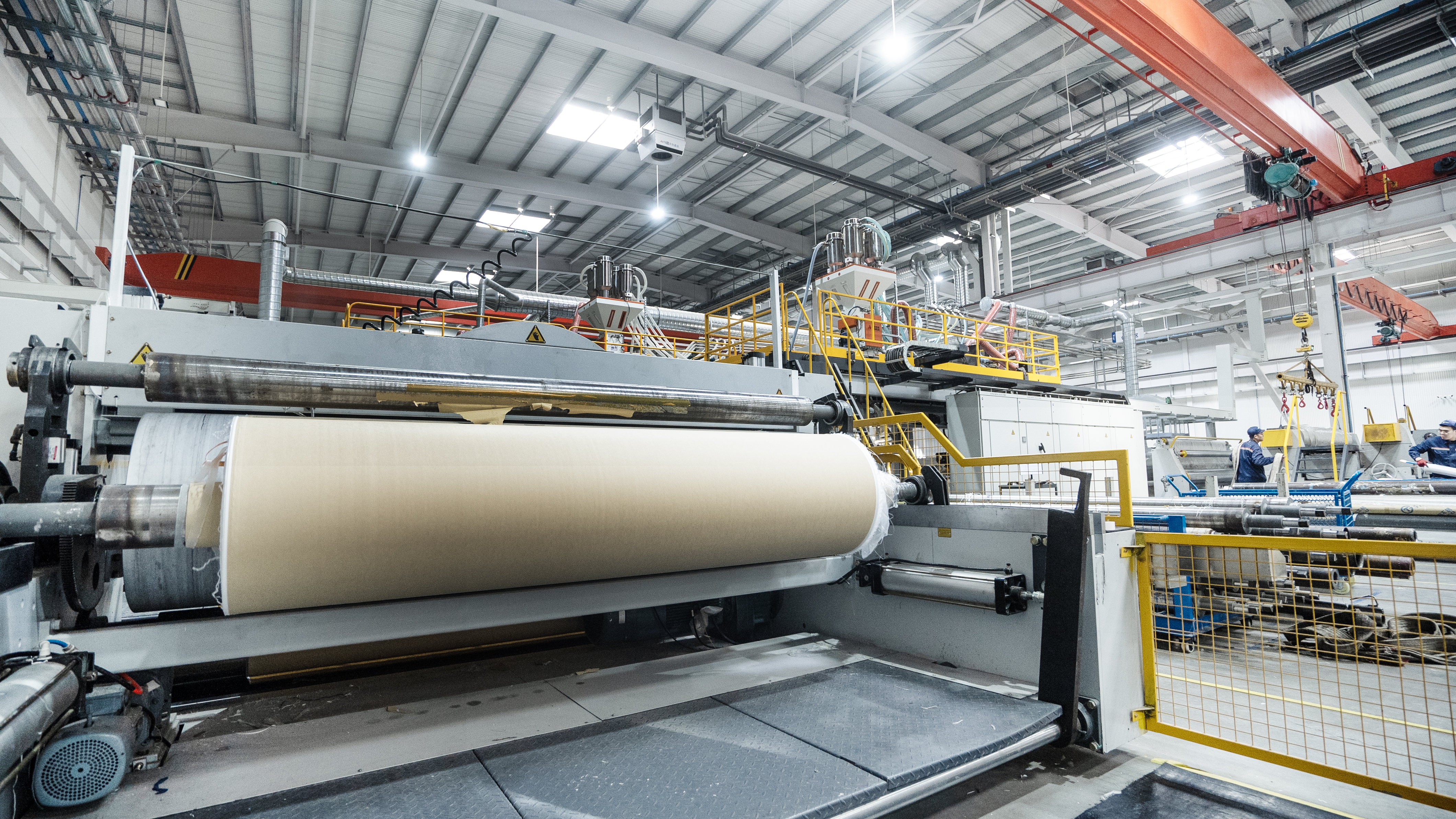
Guide to Selecting VCI Packaging Materials for High Humidity Areas
2025-09-20 11:30In the context of global manufacturing and international trade, products such as machinery and equipment, metal products, electronic components, and steel are increasingly entering overseas markets. Especially when exporting to high-humidity regions such as Southeast Asia, coastal Africa, South America, and coastal countries in the Middle East, companies often face a common challenge: how to effectively prevent metal products from rusting during long-distance transportation and storage?
Rust on metal products not only leads to scrapping or rework, but also increases after-sales costs and even damages a company's reputation with international customers. How to scientifically, economically, and environmentally friendly select appropriate anti-rust packaging materials has become a crucial consideration for many export companies in their supply chain.
CVCI, from the perspective of a professional anti-rust product manufacturer, will help you analyze how to choose the right anti-rust packaging materials:
1. Why is rust more common in high-humidity regions?
2. Classification and application of anti-rust packaging materials
3. What kind of packaging materials should be chosen?
4. Sharing actual customer use cases
I. Why are rust more common in high-humidity areas?
Perennially high humidity: When relative humidity exceeds 70%, the corrosion rate of metal products such as steel and aluminum alloys increases significantly. For example, in Southeast Asia and areas near the equator, humidity often exceeds 80% year-round, making it extremely unfriendly to the transportation of metal products.
Salt spray corrosion: In addition to humidity, the high salt content in coastal areas also makes metal surfaces susceptible to electrochemical corrosion, leading to rust.
Condensation: During ocean transport, the large temperature difference between the inside and outside of the ship's hold can easily cause condensation on the surface of cargo, forming container rain, which can cause rust on metal products.
Long-term transportation: Intercontinental transport can last 30–60 days, exposing cargo to a closed, humid environment for extended periods. Even minor rust can lead to rejection by customers.
To prevent rust on metal products during export, VCI packaging paper is recommended to minimize the risk of rust.

II. Classification and Application of VCI packaging paper
There are many types of VCI packaging paper commonly used by companies in the export process, and different materials are suitable for different products and transportation methods. The following lists several common materials and their application scenarios:
| Material Type | Protection Principle | Advantages | Limitations | Common Applications |
| VCI AntiRust Paper | Releases vapor-phase corrosion inhibitors, forming a protective film on the metal surface. | Environmentally friendly, easy to use, and low cost | Limited moisture resistance, requires external sealing | Parts, tools, small metal parts |
| VCI AntiRust Film | Corrosion inhibitors are added to the film, which releases the protective factor after sealing. | Transparent, durable, and suitable for large equipment | Weak resistance to condensation | Steel coils, machinery and equipment |
| VCI Oil/ fluid | Direct application isolates the film from air and moisture. | Long-lasting protection, suitable for long-term storage and transportation | Requires subsequent cleaning, increasing customer costs | Large machinery, long-distance ocean freight |
| Desiccant/Moisture-Proof Agent | Absorbs moisture within the package. | Simple and effective, enhances overall packaging | Must be used in conjunction with sealed packaging | Various packaging materials |
III. Specific Strategies for Selecting VCI packaging paper
Product Category:
Precision electronic components: We recommend aluminum-plastic composite bags with desiccant to ensure moisture and oxygen isolation.
Large steel structures: We recommend VCI anti-rust film with vacuum sealing to prevent condensation risks during sea transportation.
Small and medium-sized parts: We recommend VCI anti-rust paper with external moisture-proof packaging to balance cost and environmental protection.
Choose by Transportation Method:
Sea transportation: Due to high humidity and long shipping times, multi-layer composite packaging should be selected, such as "VCI film + VCI packaging paper."
Air transportation: For shorter shipping times, lightweight VCI film or paper can be used to reduce packaging weight.
Land transportation: We pay more attention to humidity management during storage, typically using a combination of VCI packaging paper with external wooden or cardboard boxes.

Hear what our customers have to say.
Case 1: Steel Parts Exported to Vietnam
A machinery manufacturer previously used only ordinary plastic bags for outer packaging when exporting steel parts to Vietnam. Due to Vietnam's high humidity, the internal container environment during transportation was damp, and coupled with the long sea freight time, the parts were already extensively rusted upon arrival. The customer subsequently returned the parts, resulting in significant financial losses.
After learning from their experience, the company partnered with CVCI to redesign their export plan. They used our VCI anti-rust film to wrap the parts, placed anti-rust desiccant inside the packaging, and used sealed pallets to isolate them from ground moisture. This multi-faceted VCI packaging paper protection significantly reduced the risk of rust, ensuring smooth arrival of the parts at Vietnamese ports and earning customer approval.
Case 2: Precision Instruments Exported to the Middle East
Another high-end equipment manufacturer faced the dual challenges of a hot and humid climate and long shipping times when exporting precision instruments to the Middle East. The company's previous overly simplistic packaging resulted in slight surface oxidation on the equipment upon arrival, increasing after-sales costs and damaging its brand reputation. Later, they approached us and decided to use our VCI membrane as their primary VCI packaging paper, ensuring a dry and stable microenvironment throughout the entire transportation process. This improvement ensured that their precision instruments arrived in the Middle East in pristine condition, successfully resolving their previous issues with oxidation and rust. After using our VCI packaging paper, the customer raved about how it reduced the risk of rust during transportation.
For exports to high-humidity regions, choosing VCI packaging paper requires a differentiated strategy based on product category, shipping method, and customer requirements. Proper anti-rust packaging not only reduces return risk and ensures product quality, but also enhances a company's reputation and competitiveness in the international market.
If you're concerned about anti-rust packaging for export products, please contact us at cvci-gaoxiu@chinavci.com for professional advice on selecting VCI packaging paper.
References
ISO 9001:2015 Quality Management System Standard
EU REACH Regulation
RoHS (Restriction of Hazardous Substances) Directive
China Packaging Association: "Application of Rust-Proof Packaging Technology"
SGS Laboratory Salt Spray Test Standard
